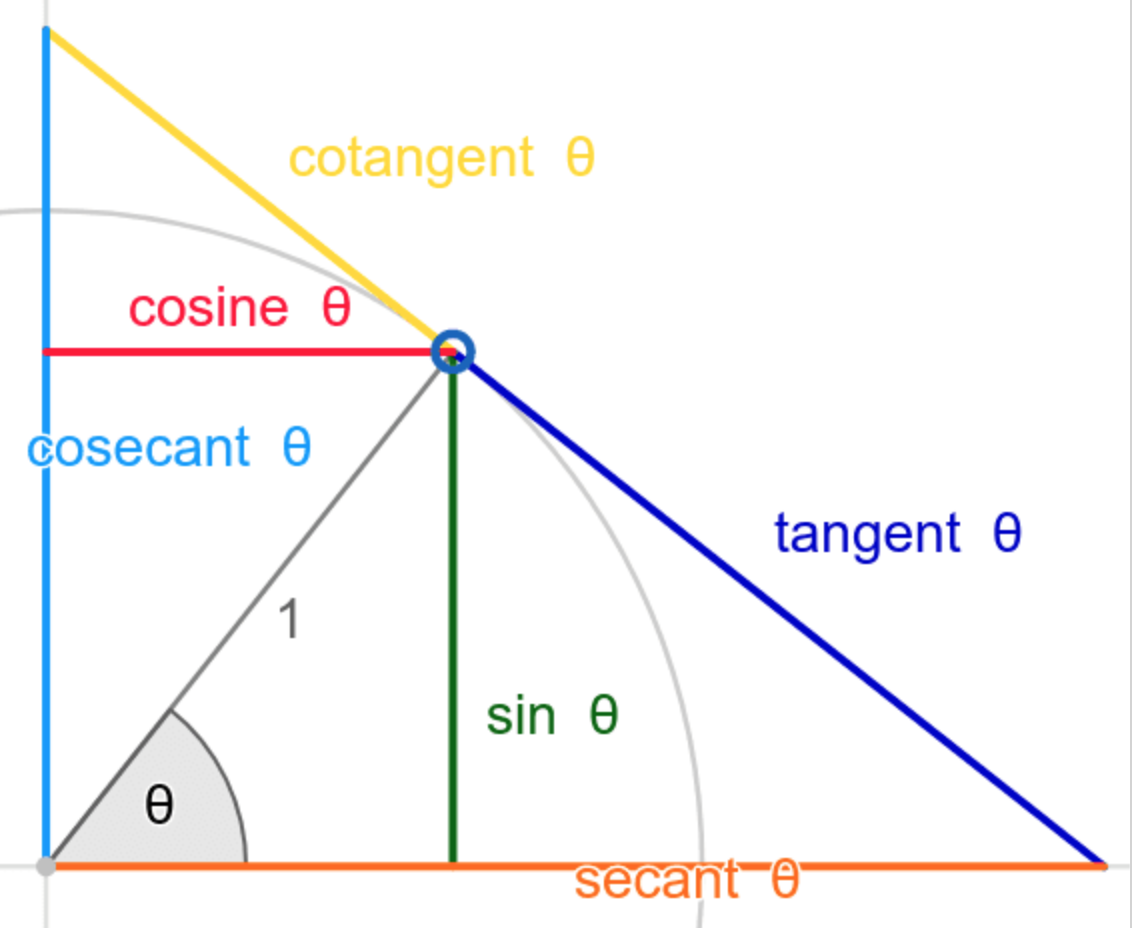- ChatGPT’s o1-mini worked well, but required about 8 prompts. It was often faster to make small changes directly in the JS rather than work with it to make small adjustments.
- Unlike Claude, it’s not able to run the application as an ‘artifact’
- Being able to ‘read’ the code was more important than understanding the syntax. As the llms make syntax translation/correction almost obsolete (at least for basic projects).
- Product rule: \[f'(x) = \frac{d}{dx}g(x)h(x) =
g'(x)h(x)+g(x)h'(x)\]
- the chain rule, but with a + instead of •
- Quotient Rule: \[f'(x)=\frac{d}{dx}\frac{g(x)}{h(x)}=\frac{g'(x)h(x)-g(x)h'(x)}{(h(x))^2}\]
- the product rule but subtracting and, and divided by denominator function squared: \[(h(x))^2\]
- Addition / subtraction are simple Рno manipulation besides the basic derivative pattern needed. aka: \[f’(x) = \frac{d}{dx}g(x)\pm h(x)=g’(x) \pm h’(x)\]
- Constants outside of the functions are unaffected by derivation (they simply multiply into the derivations)
- Trig identities for derivation
\[\frac{d}{dx}cos(x) = -sin(x)\]
\[\frac{d}{dx}sin(x) = cos(x)\]
\[\frac{d}{dx}tan(x) = sec^2(x)\]
(as review, cos = is x coord of unit circle, sin is y, tan is sin/cos.)

secant a line touches a curve at two (or more?) points.
Tangent only touches at one.
- The tangent point can be found with the FOD. So the tangent is at the max/min.
- If the SOD is negative, then it is a local maximum,
- if it is positive, then it is a local minimum.